South Korean Lee So-hee lives alone in Seoul but recently has a new joy: taking care of a small rock given to her by a friend.
The 30-year-old office worker treats her stone like a pet. "Talking to it and buying it personal items can make you feel less lonely and a little happier," said Lee.
Keeping rocks as pets is a strange trend that has been around in the US since the 1970s but has only recently emerged in South Korea. Workers in this country have long work weeks and are under pressure to find unusual ways to relax and heal their souls. Some people lie in coffins and organize their own funerals, meditate in prison, or participate in competitions for the longest sitting time. "Raising rocks" instead of animals is the latest way to relax.
Lee, who works in a pharmaceutical company, calls his rock "little girl" and always covers it with soft towels.
"Sometimes I confide in it (the rock) about what's happening at work. Of course the rock is inanimate, but I feel comfortable like I'm talking to a puppy," Lee said.
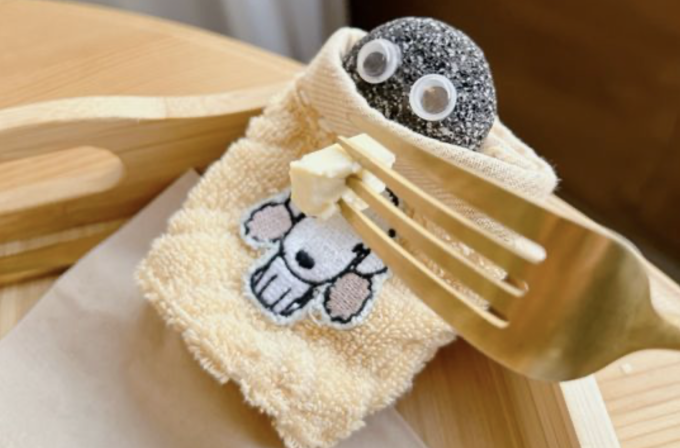
Lee So-hee named the rock she is "raising" 'Hongduggae', and she often covers it with a blanket and takes care of her "pet" every day. Photo: LEE SO-HEE
Ko Hyun-seo, 28, of Gimje City, named his rock "Is Real." In addition to providing "accommodation," Ko also specially made his rock a farmer's straw hat.
"Every time I get home, the first thing I do is check that my rock is okay," said the 28-year-old.
Decades ago, Gary Ross Dahl, an American businessman and advertising executive, started the trend of keeping rocks as pets. By the end of 1975, more than a million pet rocks had been sold in the US and became a popular gift, attracting media attention. But a year later, the phenomenon had faded away.
In 2015, Gary Ross Dahl passed away. His stone is on display at the National Toy Museum in Strong, New York, and has been called "the strangest and most puzzling toy ever created."
Museum curator Michelle Parnetr-Dwyer said Dahl would probably be pleased to see his ideas gaining popularity in a country halfway around the world.
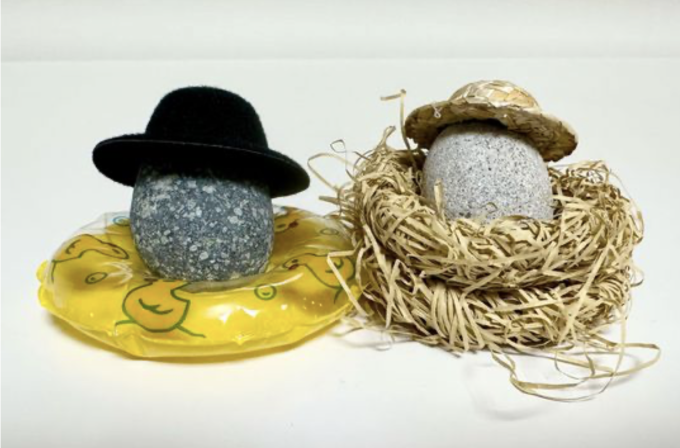
The owner of the two rocks prepared a "sleeping place" and a hat to wear on them. Photo: JIYOUNG SOHN/WSJ
Kim Jin-guk, a professor at the Institute of Korean Studies at Korea University, believes that for centuries East Asian countries, including Korea, have always valued decorative stones because they symbolize stability, eternity, and bring joy and a sense of security to their owners.
The stones chosen by young people today are round and smooth, selling for $7.5-$11, not including decorative accessories such as glasses, hats, scarves. Business people in Korea say the domestic pet stone market is very popular. One company specializing in selling pet stones revealed that it can receive 150-200 orders per month.
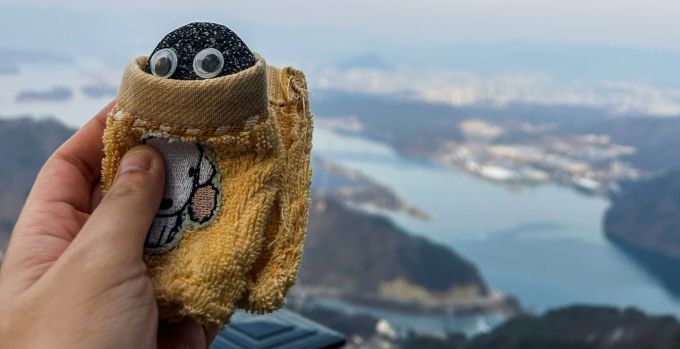
Lee So-hee often dresses her pet dog warmly when taking it out for a walk. Photo: LEE SO-HEE
Koo Ah-young, a 33-year-old office worker in Seoul, felt exhausted at work. Not wanting her friends, family, or pets to be exposed to negative energy, she bought a small rock and named it “bang-bang-i.” Every day, Koo takes the rock to work, for walks, or to the gym so she can share everything in her life.
"Sharing my feelings with 'bang-bang-i' makes me feel listened to and gradually balances my emotions," said the 33-year-old woman.
Minh Phuong (According to WSJ )
Source





![[Photo] Prime Minister Pham Minh Chinh chaired a meeting to discuss solutions to overcome the consequences of floods in the central provinces.](https://vphoto.vietnam.vn/thumb/1200x675/vietnam/resource/IMAGE/2025/10/29/1761716305524_dsc-7735-jpg.webp)
![[Photo] Flooding on the right side of the gate, entrance to Hue Citadel](https://vphoto.vietnam.vn/thumb/1200x675/vietnam/resource/IMAGE/2025/10/28/1761660788143_ndo_br_gen-h-z7165069467254-74c71c36d0cb396744b678cec80552f0-2-jpg.webp)
![[Photo] National Assembly Chairman Tran Thanh Man received a delegation of the Social Democratic Party of Germany](https://vphoto.vietnam.vn/thumb/1200x675/vietnam/resource/IMAGE/2025/10/28/1761652150406_ndo_br_cover-3345-jpg.webp)








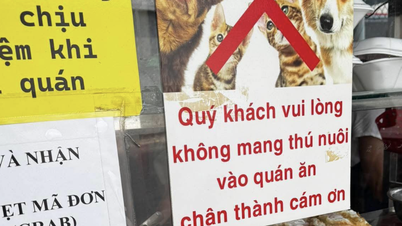
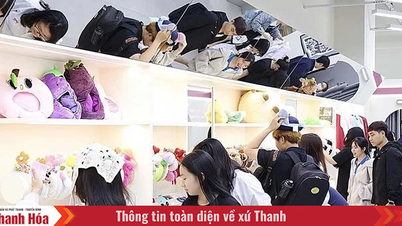



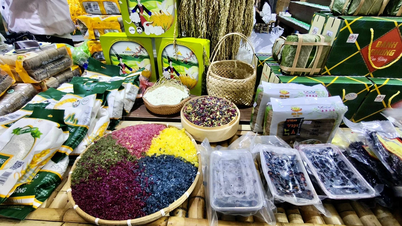

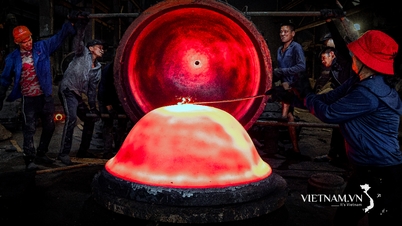















![[Photo] Draft documents of the 14th Party Congress reach people at the Commune Cultural Post Offices](https://vphoto.vietnam.vn/thumb/1200x675/vietnam/resource/IMAGE/2025/10/28/1761642182616_du-thao-tai-tinh-hung-yen-4070-5235-jpg.webp)

































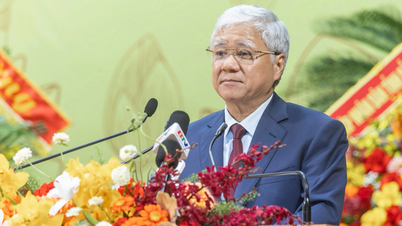
![[Infographic] Vietnam's socio-economic situation in 5 years 2021-2025: Impressive numbers](https://vphoto.vietnam.vn/thumb/402x226/vietnam/resource/IMAGE/2025/10/29/1761730747150_anh-man-hinh-2025-10-29-luc-16-38-55.png)

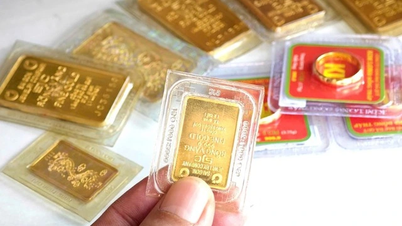


































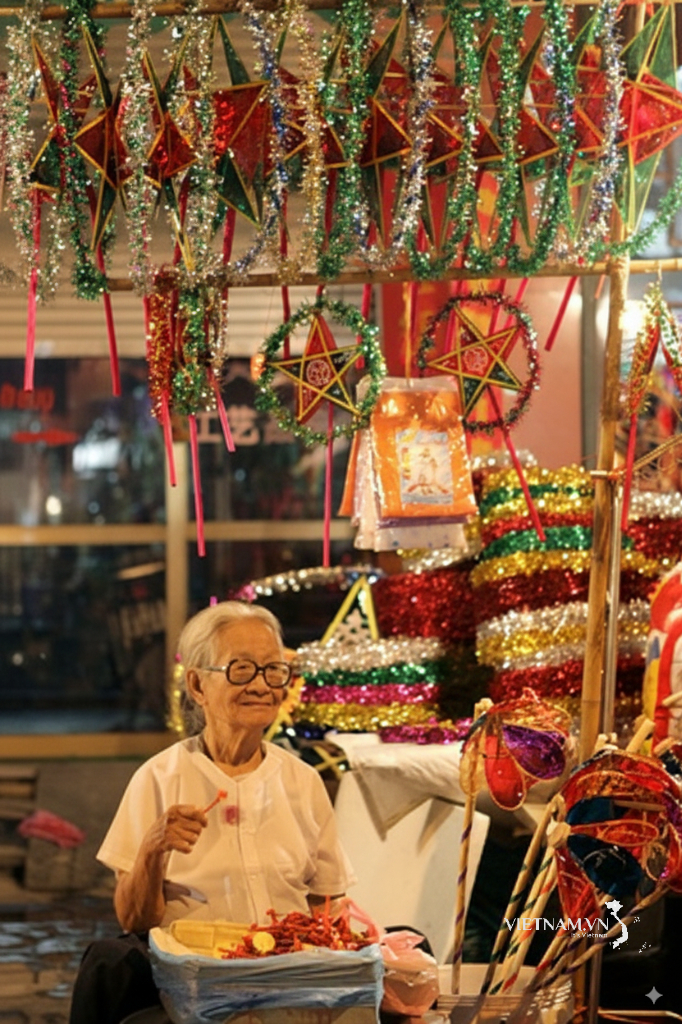


Comment (0)